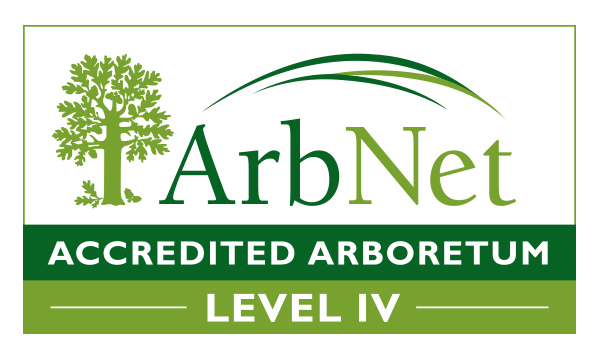Jack Pine / Pinus banksiana
This northern conifer has sharp needles in bundles of two with distinctly curved cones. Jack pine can be distinguished from the non-native but widespread Scots Pine by the ‘V’ shape formed by the bundled needles – on Scots pine, the two needles are twisted together. This serotinous conifer relies almost entirely on heat and fire for seed dispersal. The cones are sealed shut with resin, and usually only open due to wildfire or sunshine on very hot days! Porcupines, white-tailed deer, and showshoe hares are among many animals that rely on jack pine for food.
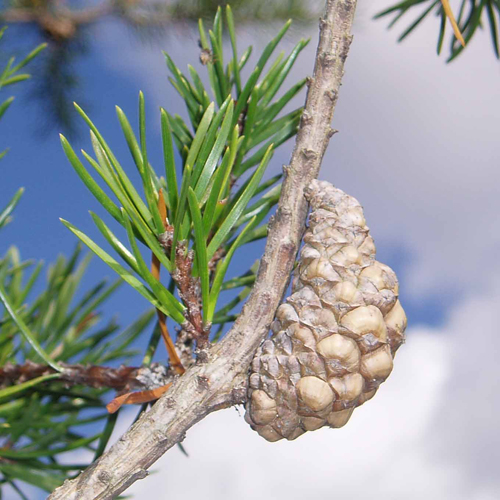
Fire produces a new seedbed for jack pine forests by releasing seeds from the otherwise tightly closed, curved cones and helping to remove the competition! Photo by Chris Earley.
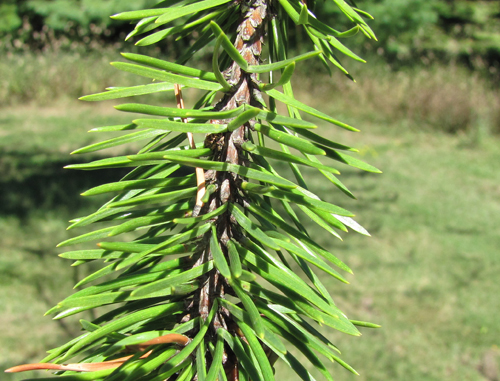
The short (2-4 cm), paired, ‘V’ shaped bundles of the jack pine. Photo by Chris Earley
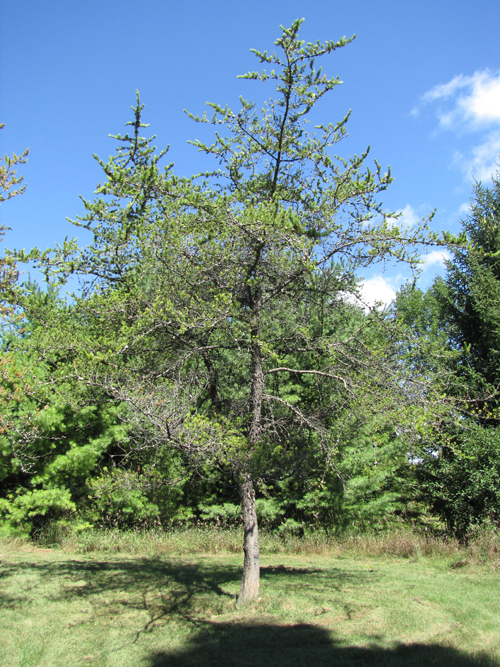
Jack pine form. Photo by Chris Earley.
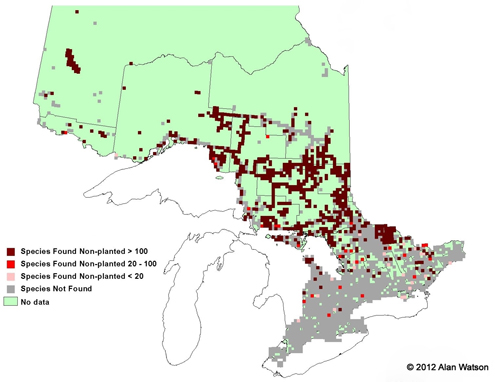
Ontario Tree Atlas map of non-planted Jack Pine. 1995-1999.
Return to tree listings page [1]
References
Farrar, J.L.. 1995. Trees in Canada. Fitzhenry & Whiteside Ltd. Toronto. ON. 504 pp.
Kershaw, L. 2001. Trees in Ontario: Including tall shrubs. Lone Pine Publishing. Edmonton. AB. 240 pp
Muma, W. 2011. Ontario Trees and Shrubs. [Online] Available: www.ontariotrees.com
OMNR, 2011. Ontario Ministry of Natural Resources: Ontario Tree Atlas. [Online] Available: http://www.mnr.gov.on.ca/en/Business/ClimateChange/2ColumnSubPage/267027.html
OMNR, 2008. Ontario’s Biodiversity: Species at Risk.

